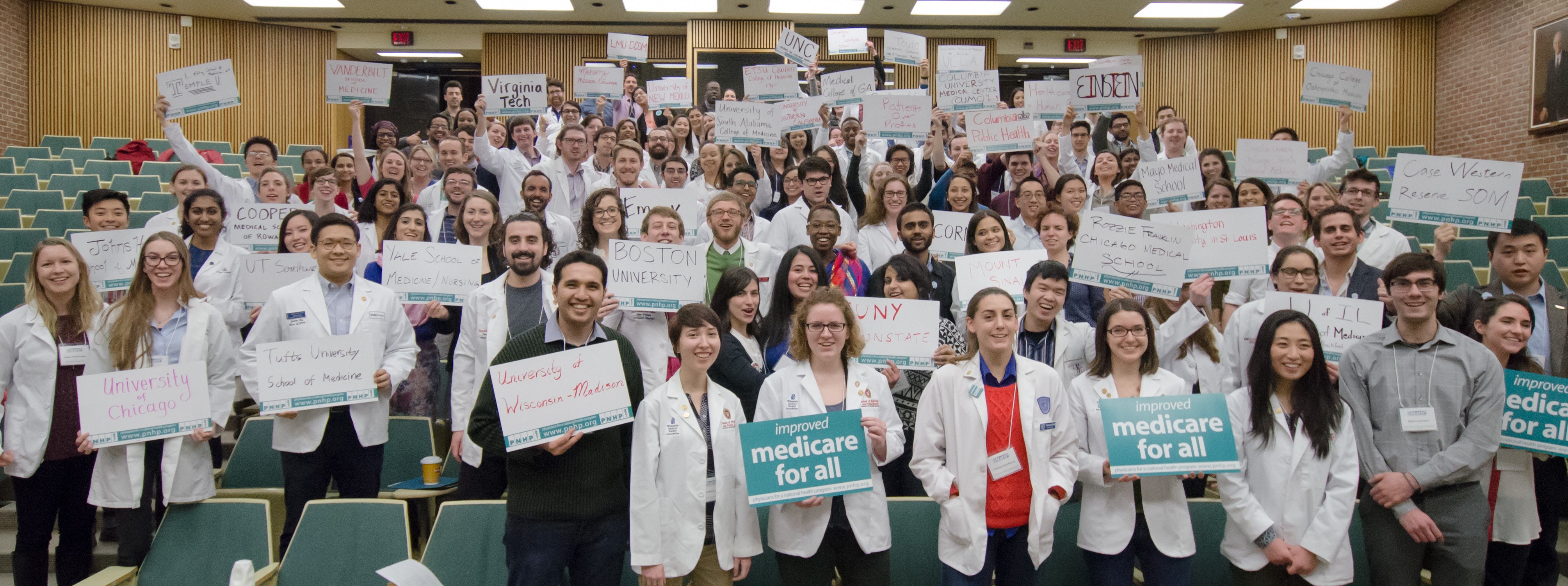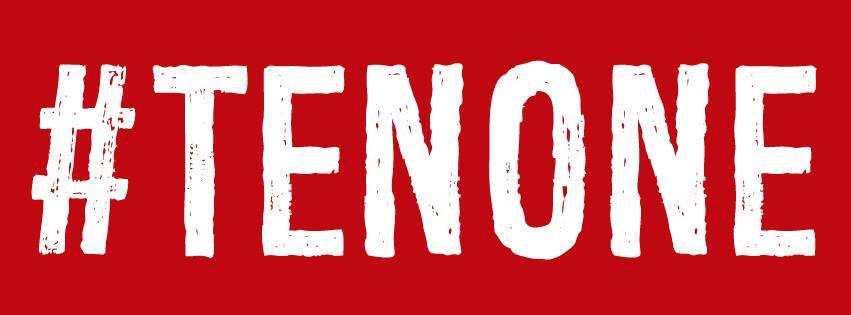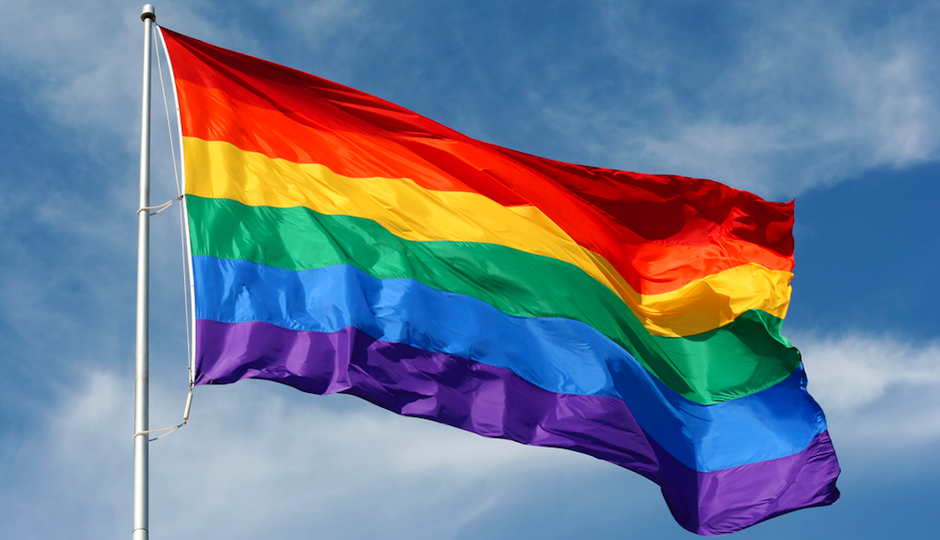
This op-ed was originally published on In-Training on September 18, 2016. This version includes a section on how single payer healthcare can help end LGBT health disparities. You can read the original article here.
“The antidote to division and disparity is unity.”
-Tyler McKinnish, 4th year medical student
“I’m going to a drag show tonight.”
My third year resident asked what I was doing with my day off, and my reply, the gayest of weekend plans, gave her pause.
I felt the same awkward beat in our otherwise amiable conversation, saw the same uneasy shift in her seat, just the day before when I told her about a date I had been on. I’m not exactly inconspicuous about my sexuality in the first place, so I wasn’t prepared for her to be surprised that I’m beyond-a-shadow-of-a-doubt-gay. I had felt uncomfortable for making her uncomfortable, and wasn’t exactly sure why. I wondered if I was allowing some sort of personal insecurity or professional courtesy insinuate discord in a completely innocuous conversational pause. So I could have said “I’m going out” or to a bar, or something similarly vague, but I wanted to test the waters. I wanted to confirm a suspicion that it wasn’t just me, and it wasn’t just once.
I have spent the last 11 months as a student in North Carolina’s largest not-for-profit hospital system, and in all that time have heard very few LGBT physicians speak openly about their lives. Even in conversations overheard in communal spaces- about Tinder dates and husbands, the antics of beloved children, office politics, hectic schedules and Blue Apron dinners- the lives of LGBT people are rarely discussed. When they are, it is in hushed tones and whispers. Physicians in particular seem reticent even to say the word “gay,” and I can only imagine why. For some it is likely out of fear of offending coworkers or patients- for saying the wrong thing in front of the wrong person. For others, whom I hope are the minority, maybe it is out of some actual disdain for LGBT people. For most, however, I suspect it is simply because they are not accustomed to thinking about LGBT people, so personal, real, non-political discussions about us seem foreign and uncomfortable, an ill fitting glove on a surgeon’s busy hand.
Even the other residents, many just a few years older than myself, seem to get a bit squirrely when the topic of conversation involves the LGBT community. They shy away from discussing the topic, and for most, their few interactions with the LGBT community are not enough to remind them of our existence. What then is the motivation for these future leaders of healthcare to learn about the health of our community? How can they be expected to empathize, to relate, to communicate on a deeply personal level with us, their patients?
The interpersonal ease needed to establish trust between patient and provider might come easily to some, but is only the first barrier. As physicians and physicians-in-training, we ask patients to disclose uncomfortably thorough social and sexual histories which often go beyond the limits of our own experiences. Then we critique them, offering suggestions for risk reduction based on our medical expertise. In order to do this effectively, we are asked to know a lot about communities to which many of us are not members. A heterosexual, white, female physician is asked to stratify STI and HIV risk beyond the level of “gay vs. not gay,” and tell a bisexual man of color about his statistically higher risk of HIV infection than his white or Hispanic peers, while taking into account his individual risk and screening him appropriately.1 To do so, she must also know that HIV is on the rise in many male sexual minority communities, and that even protected sex is not 100% safe as diseases such as syphilis and herpes may be transmissible even with the use of a condom. Putting patients on PrEP (Pre-Exposure Prophylaxis) medications can decrease the risk of sexually transmitted HIV infections by over 90% in high risk individuals, which includes approximately 1 in every 4 MSM, but in 2015 only 1 in 3 primary care doctors and nurses even knew about PrEP.2
Our hypothetical lady doctor must evaluate her patient’s need for PrEP, but she also can’t forget to have discussions about tobacco, alcohol, and drug abuse and screen for depression, each of which is significantly more common in LGBT patients. Not only does she have to be confident and tactful when talking about these sensitive subjects with her patients, her knowledge about them has to be up-to-date and community-specific.
Transgender people have needs that are not shared by their LGB peers, and that providers may be particularly unlikely to recognize. According to the National Transgender Discrimination Survey, 50% of respondents reported having to teach their doctors about trans* health, which includes an enormous number of healthcare disparities. The rate of attempted suicide in the community is egregiously high at 41%, and the prevalence of HIV is 4 times higher than the national prevalence.3 Even more upsetting, though, are the social inequities suffered by trans* patients. Fifty-five percent of trans people reported losing their jobs simply because they are trans*, and 16% had to resort to illegal trade of sex or drugs simply to survive. Kids are not impervious to these disparities, either: the rate of bullying of trans* kids in schools is nightmarishly high (78%) with nearly 1/3 having been physically, and 1/10 sexually, assaulted.
What will our archetypal physician say when her transwoman patient asks about PrEP? How will she start the conversation with this woman about her life, her anatomy, her safety? Will she know the indications for prescribing PrEP and be willing to do so? She will also need to screen this woman for prostate cancer and sexually transmitted infections (in the correct places), and recall that transwomen with past hormone use need breast cancer screening but not pap smears. How will she go about asking this patient about intimate partner violence? I hope at the very least she will be able to empathize with this woman’s situation, understanding that even to have presented to a doctor’s office she must have overcome enormous adversity.
Healthcare providers, however, are only one component of the disparity perpetual motion machine that is a healthcare system designed for profit. After all, lesbian, gay, and bisexual people are all less likely to have insurance than straight people, or even a usual place to go for medical care; bisexual and lesbian women in particular are less likely to obtain medical services due specifically to cost.4,5 This includes routine screening like pap smears and mammograms, which should be conducted with the same frequency as their heterosexual counterparts but multiple studies have suggested are not.4,6 Trans* people too are significantly underinsured and have worse health outcomes than even their LGB peers; yet, 19% of trans* people have been refused medical care in the past simply for being transgender.
Although a national problem, health disparities within the LGBT community are even greater in the South. Never a state to discriminate discriminately, Tennessee recently passed SB1556, a bill that allows therapists and counselors to refuse service to all variety of LGBT patients when treating them is contrary to any “sincerely held” beliefs. In Mississippi, HB1523 allows universities, government employees, contractors, and private businesses, which includes nearly all of the state’s health care providers, to similarly discriminate against LGBT people for religious beliefs. Here in North Carolina- ground zero for state-sanctioned LGBT discrimination- HB-2 requires that transmen and transwomen use the public restroom congruent with the gender assigned to them at birth. It also eliminates expanded LGBT anti-discrimination policies that previously existed in some cities, removes all local authority to increase minimum wage and benefits for public contractors, and abolishes state-level legal recourse for employment discrimination. Other states have tried, and failed, to pass this type of bigoted legislation as well, including Georgia, Kentucky, Indiana, South Dakota, and West Virginia.
In Florida, the Pulse nightclub shooting has been a horrific and tragic reminder that legislators and their policies are not our only enemies. LGBT people- our friends and family- are under attack, and whether it be from chronic diseases, political negligence, or at the hands of malicious enemies of love and equality, LGBT people are dying.
Justice in healthcare alone cannot solve these problems, but it is one of the most important interventions for the elimination of disparities affecting the LGBT community. Expensive deductibles and copays that restrict access to healthcare consign low-income people, including many members of the queer community, to choose between illness and poverty. The logistically complex and restrictive system that currently excludes patients and burdens providers must be examined and eliminated in favor of an equitable system: single-payer healthcare. A national single-payer health program is the only feasible means of improving the efficiency and fairness of access to healthcare regardless of race, gender identity, sexual orientation, national origin, religion, disability, age, or any other divisive label. Numerous industrialized nations with superior healthcare outcomes already utilize this system, endorsing the singular notion that healthcare is a human right.
Our system of healthcare is fundamentally broken. LGBT people have disproportionately limited access to healthcare; cost, lack of insurance, fear of judgment, and outright discrimination preclude them from receiving care. When other factors like race, socioeconomic status, and social support compound this lack of access, LGBT people have little hope of becoming LGBT patients. Even when they are able to access care, they cannot be guaranteed that their provider will possess the necessary knowledge or training to offer them comprehensive care; as my own experience shows, nor the comfort. We- as healthcare professionals, trainees, friends, and neighbors- are simply not working hard enough for the LGBT community.
Thankfully, we all have the power to change that. The antidote to division and disparity is unity. It is imperative that we all become advocates for adequate training of healthcare providers. Ask your doctor if they have any training in LGBT health, suggest it in the patient satisfaction survey your hospital provides, refer providers and colleagues to lgbthealtheducation.org for professional development, and use the HRC Healthcare Equality Index to find LGBT-inclusive medical care. Use your voice, your influence, your time as an ally in the fight for a social justice issue that benefits the LGBT community- no matter which, just pick one and get involved. Finally, get educated about single-payer healthcare; join Healthcare-Now!, or Physicians for a National Health Program, or Students for a National Health Program and become a champion of access to affordable, high-quality, and comprehensive healthcare for all.
- Centers for Disease Control and Prevention. HIV Infection Risk, Prevention, and Testing Behaviors among Men Who Have Sex With Men—National HIV Behavioral Surveillance, 20 U.S. Cities, 2014. HIV Surveillance Special Report 15. http://www.cdc.gov/hiv/library/reports/surveillance/#panel2. Published January 2016. Accessed [date].
- Smith, DK et al. Vital Signs: Estimated Percentages and Numbers of Adults with Indications for Preexposure Prophylaxis to Prevent HIV Acquisition — United States, 2015. MMWR. 2015: 64 (46); 1291-1295. http://www.cdc.gov/mmwr/preview/mmwrhtml/mm6446a4.htm?s_cid=mm6446a4_w
- Grant, Jaime M., Lisa A. Mottet, Justin Tanis, Jack Harrison, Jody L. Herman, and Mara Keisling. Injustice at Every Turn: A Report of the National Transgender Discrimination Survey. Washington: National Center for Transgender Equality and National Gay and Lesbian Task Force, 2011.
- Buchmueller T, Carpenter CS. Disparities in Health Insurance Coverage, Access, and Outcomes for Individuals in Same-Sex Versus Different-Sex Relationships, 2000–2007. American Journal of Public Health. 2010;100(3):489-495.
- Ward BW, Dahlhamer JM, Galinsky AM, Joestl SS. Sexual orientation and health among U.S. adults: National Health Interview Survey, 2013. National health statistics reports; no 77. Hyattsville, MD: National Center for Health Statistics. 2014.
- Mravcak S. Primary Care for Lesbians and Bisexual Women. American Family Physician. 2006: 74(2) 279-286.
 Tyler McKinnish is a fourth-year medical student at the UNC School of Medicine and a desperately optimistic future Ob/gyn. He is passionate about LGBT health, academic medicine, and health equity. When not working in the lab or clinic, he enjoys hot yoga, climbing, and cooking.
Tyler McKinnish is a fourth-year medical student at the UNC School of Medicine and a desperately optimistic future Ob/gyn. He is passionate about LGBT health, academic medicine, and health equity. When not working in the lab or clinic, he enjoys hot yoga, climbing, and cooking.
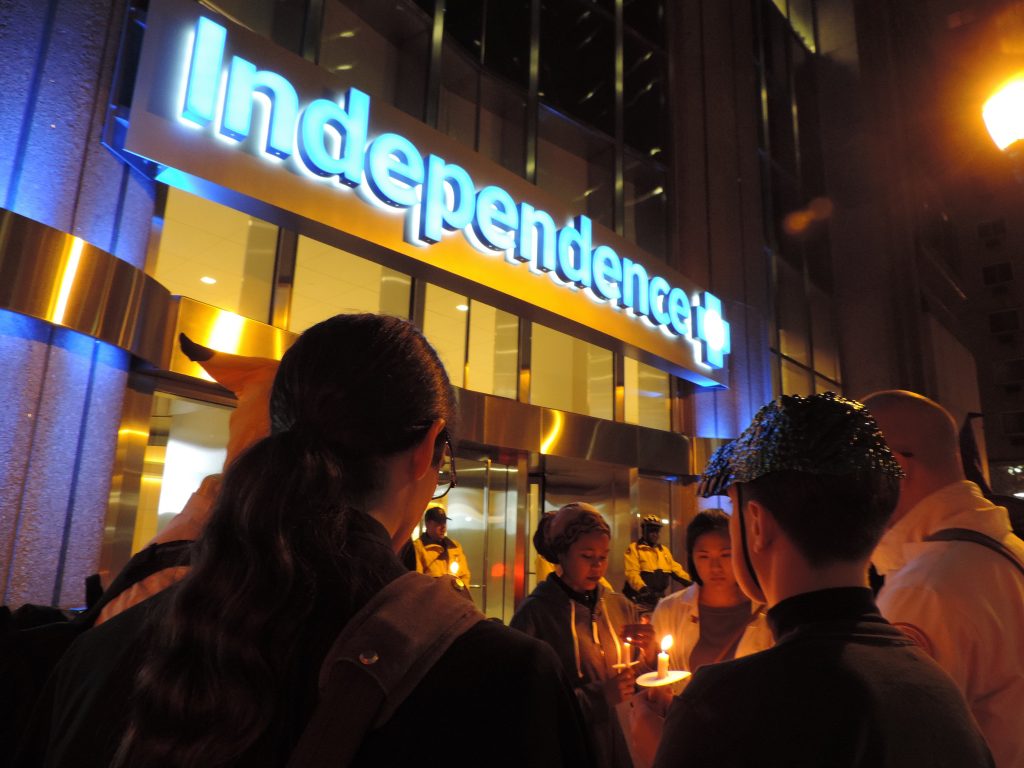 Photo courtesy of Amanda Malik.
Photo courtesy of Amanda Malik.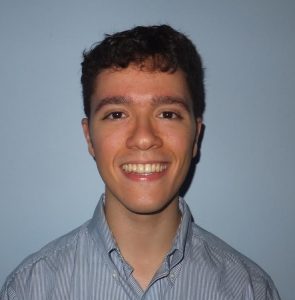

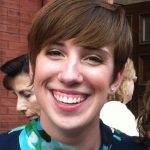 Emily Kirchner is a third year medical student at Lewis Katz School of Medicine at Temple University in Philadelphia, Pennsylvania. She is a member of SNaHP’s media team and political advocacy team. You can read more of her work at
Emily Kirchner is a third year medical student at Lewis Katz School of Medicine at Temple University in Philadelphia, Pennsylvania. She is a member of SNaHP’s media team and political advocacy team. You can read more of her work at
 Tyler McKinnish is a fourth-year medical student at the UNC School of Medicine and a desperately optimistic future Ob/gyn. He is passionate about LGBT health, academic medicine, and health equity. When not working in the lab or clinic, he enjoys hot yoga, climbing, and cooking.
Tyler McKinnish is a fourth-year medical student at the UNC School of Medicine and a desperately optimistic future Ob/gyn. He is passionate about LGBT health, academic medicine, and health equity. When not working in the lab or clinic, he enjoys hot yoga, climbing, and cooking.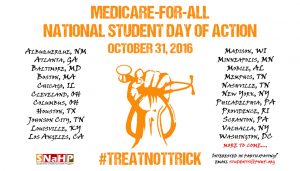
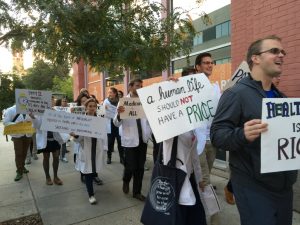
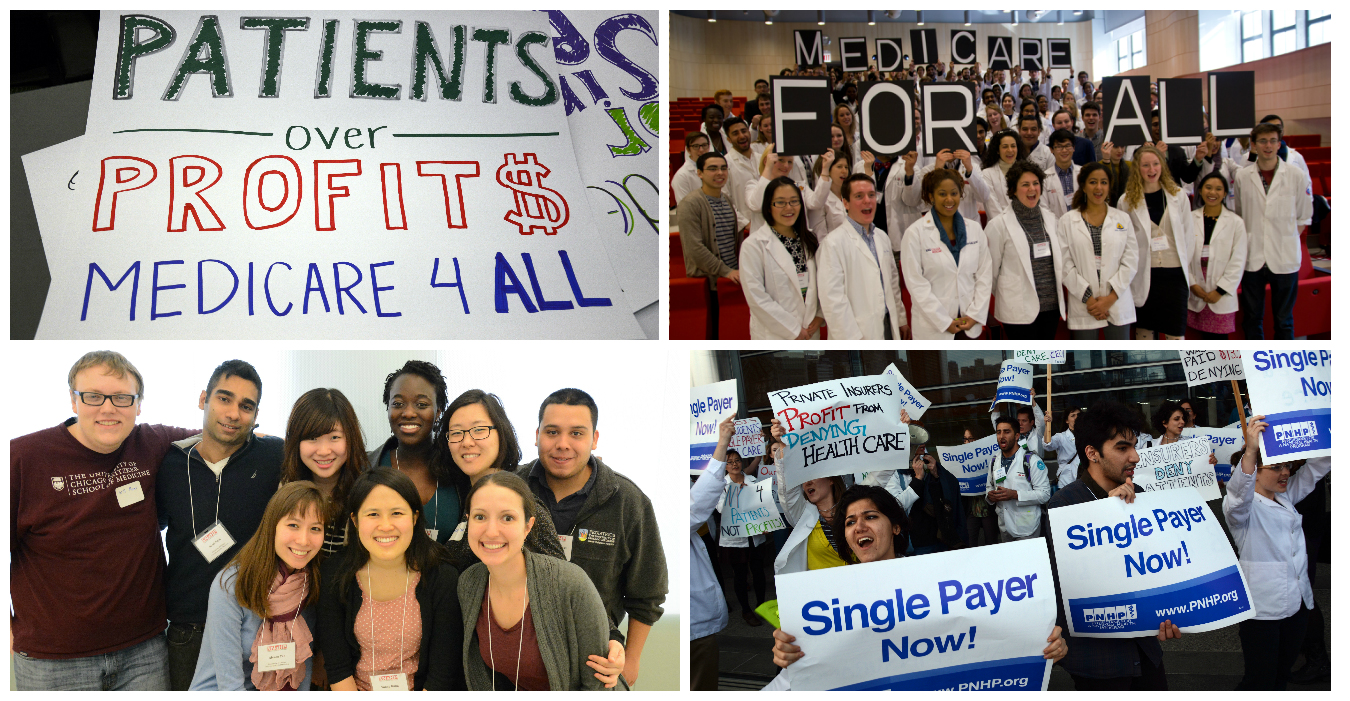
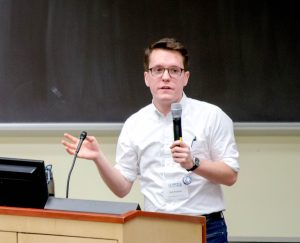 Josh Faucher will graduate from Mayo Medical School on
Josh Faucher will graduate from Mayo Medical School on 